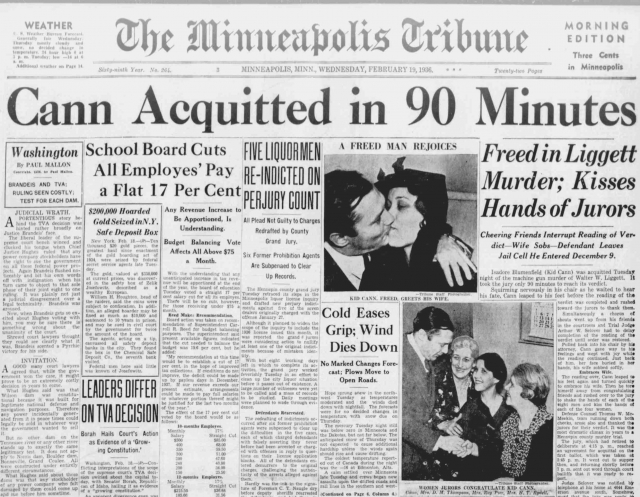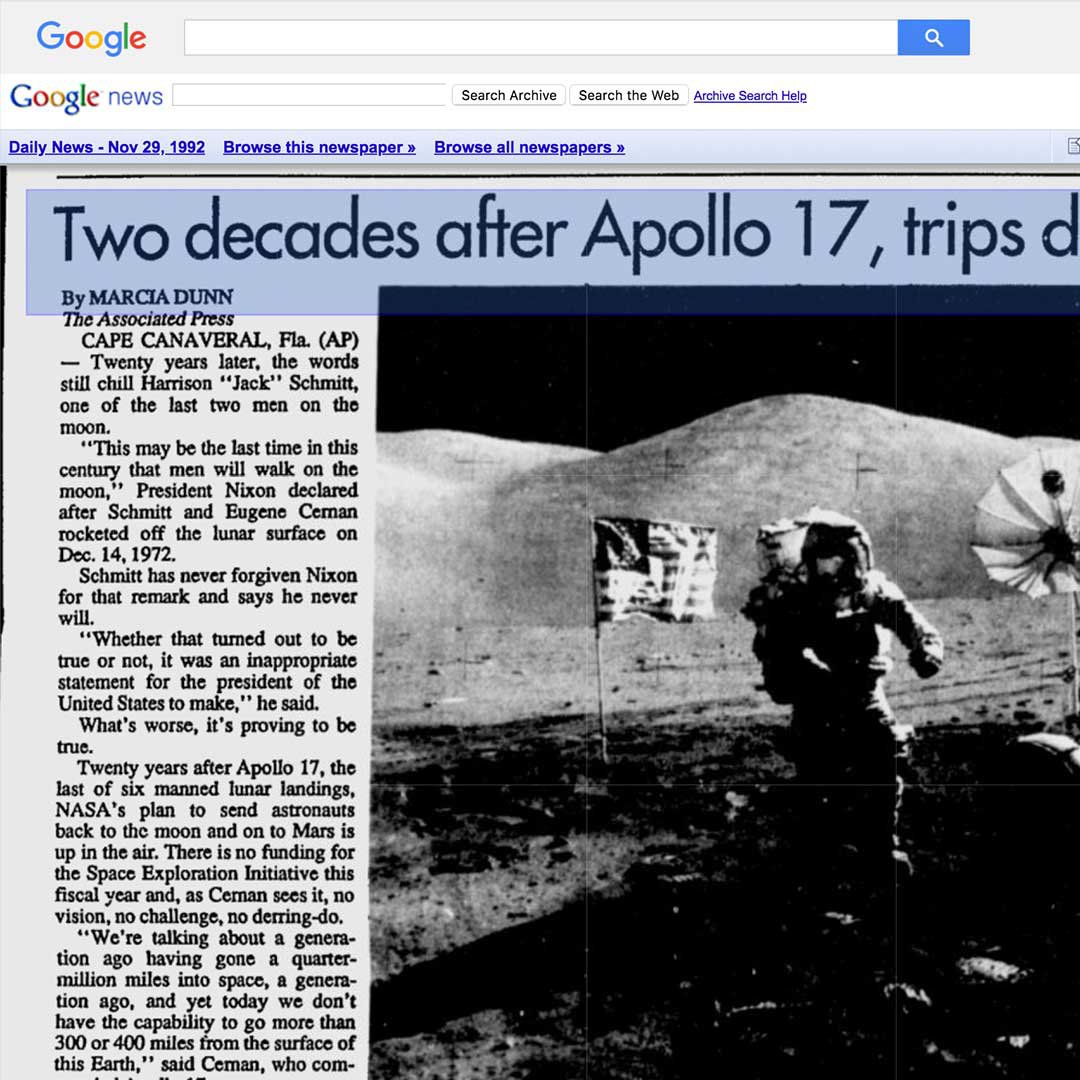Fascination About News Articles
Fascination About News Articles
Blog Article
The 9-Minute Rule for News Articles
Table of ContentsSome Known Facts About News Articles.9 Simple Techniques For News ArticlesThe smart Trick of News Articles That Nobody is DiscussingNews Articles Things To Know Before You BuyFacts About News Articles Uncovered
Excellent expertise of various subjects gives students a competitive side over their peers. Although electronic and social networks are readily obtainable, we must not fail to remember just how crucial it is to read the newspapers. Moms and dads must try and instill the habit of reviewing a newspaper as a day-to-day routine to proceed the legacy of the adored print medium.Newspaper article also contain a minimum of one of the complying with vital features about the designated target market: distance, prestige, timeliness, human passion, anomaly, or effect. The relevant term journalese is often used, typically pejoratively, to describe news-style writing. One more is headlinese. Papers generally adhere to an expository writing style.
Within these limitations, newspaper article also aim to be detailed. Various other elements are included, some stylistic and some obtained from the media kind. Amongst the bigger and more reputable papers, justness and balance is a major variable in presenting details. Discourse is generally constrained to a separate section, though each paper may have a various total angle.
Newspapers with a global target market, for example, tend to utilize a more official style of composing. News Articles.; common design guides consist of the and the United States Information Style Publication.
News Articles Fundamentals Explained
As a regulation, reporters will certainly not use a long word when a brief one will certainly do. Information authors try to stay clear of making use of the exact same word a lot more than when in a paragraph (sometimes called an "echo" or "word mirror").
Headings sometimes omit the topic (e.g., "Leaps From Watercraft, Catches in Wheel") or verb (e.g., "Feline lady lucky"). A subhead (additionally subhed, sub-headline, subheading, subtitle, deck or dek) can be either a subordinate title under the major heading, or the heading of a subsection of the post. It is a heading that precedes the main text, or a team of paragraphs of the major text.

Added billboards of any of these kinds may show up later in the article (specifically on subsequent web pages) to entice further analysis. Such signboards are likewise used as pointers to the post in other websites areas of the publication or website, or as ads for the piece in various other publication or websites. Common framework with title, lead paragraph (recap in bold), other paragraphs (information) and call information.

Example of a hard-lead paragraph NASA is proposing an additional space task. The spending plan requests approximately $10 billion for the job.
The NASA statement came as the agency requested $10 billion of appropriations for the job. An "off-lead" is the second essential front web page news of the day. The off-lead shows up either in the top left corner, or directly listed below the lead on the right. To "hide the lead" is to begin the write-up with background information or information of second importance to the visitors, forcing them to learn more deeply right into a short article than they should have to in order to uncover the crucial points.
9 Simple Techniques For News Articles
Typical usage is that a person or more sentences each form their own paragraph. Reporters generally describe the organization or structure of a newspaper article as an upside down pyramid. The vital and most fascinating elements of a tale are put at the start, with sustaining details adhering to in order of decreasing value.
It enables people to check out a topic to only the depth that their curiosity takes them, and without the imposition of details or nuances that they can think about unimportant, however still making that info offered useful reference to a lot more interested visitors. The upside down pyramid framework likewise allows short articles to be cut to any arbitrary length throughout design, to fit in the room available.
Some authors start their tales with the "1-2-3 lead", yet there are several type of lead offered. This format invariably begins with a "5 Ws" opening paragraph (as defined over), adhered to by an indirect quote that offers to support a significant aspect of the very first paragraph, and then a straight quote to sustain the indirect quote. [] A kicker can describe numerous points: The last story current program; a "delighted" story to end the program.
Longer write-ups, such as magazine cover articles and the pieces that lead the within areas of a newspaper, are called. Feature tales vary from straight news in numerous methods. Foremost is the absence of a straight-news lead, the majority of the time. Rather of supplying the significance of a story up front, attribute writers may attempt to tempt visitors in.
7 Simple Techniques For News Articles
A feature's very first paragraphs often relate a fascinating moment or event, as in an "anecdotal lead". From the details of an individual or episode, its sight rapidly broadens to abstract principles regarding the tale's topic.

The Editor's Tool kit: A Reference Overview for Beginners and Professionals (2001) Allan M. Siegal and William G. Connolly. The New York Times Guidebook of Style and Usage: The Authorities Design Overview Used by the Writers and Editors of the Globe's Most Authoritative Paper (2002) M. L. Stein, Susan Paterno, and R.
Report this page